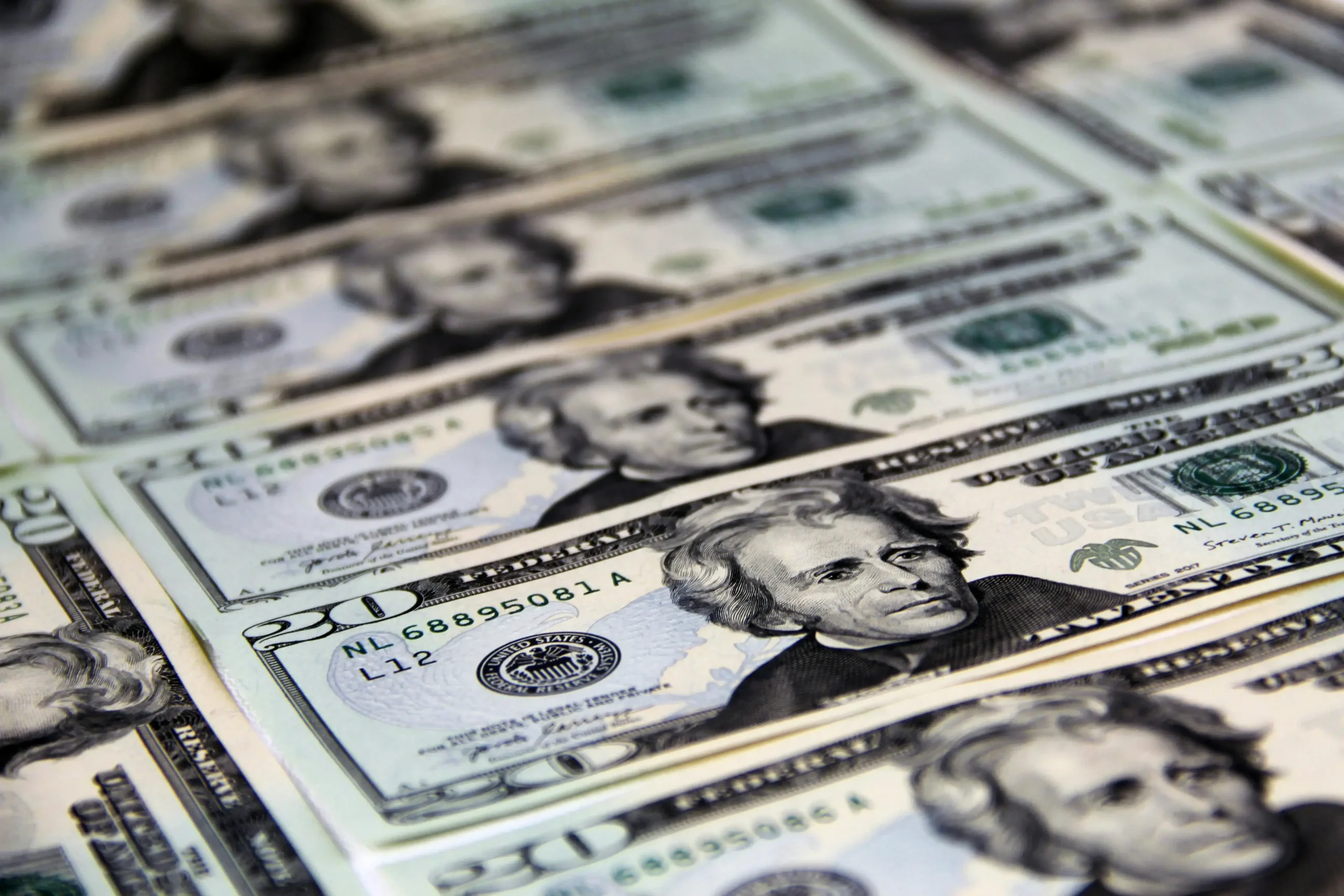BRICS: The Dollar Has Collapsed 25% Since 2020
28.03.2024 20:00 2 min. read Kosta Gushterov
The United States is experiencing significant geopolitical turmoil and struggling with inflationary pressures. Escalating interest rates have led to an unsustainable economic model, exacerbated by de-dollarization efforts within the BRICS countries, which have resulted in a marked depreciation of the US dollar over the past four years.
The data reveals about a 25% decline in the dollar’s purchasing power since the start of 2020, indicating that one US dollar is now only worth $0.75 worth of goods. This loss of value is symptomatic of the currency’s inflationary state and highlights its deteriorating condition amid the global trend towards financial diversification.
In recent years, many countries, including the United States, have faced economic challenges. Despite stabilization efforts, the US economy continued to struggle with inflationary pressures at the start of this year.
De-dollarization initiatives within the BRICS group have further weakened the US dollar, causing its purchasing power to drop significantly by 25% since January 2020. This decline reflects the declining ability of the dollar to acquire goods in the country. However, inflation is only one facet of the problem, with rising debt levels and global economic positioning also contributing to the currency’s woes.
President Biden has proposed $24 billion in Congressional appropriations to support the war effort in Ukraine amid a looming debt crisis that threatens the status of the U.S. dollar. The Congressional Budget Office has warned of the potential consequences of inaction on the debt issue, citing significant fiscal risks to the economy.
Central banks around the world reacted by increasing their gold reserves as a hedge against a potential collapse of the US dollar. This trend reflects the growing concern about the stability of the dollar on the international stage.
Geopolitical tensions, combined with inflationary pressures and the de-dollarization initiatives of the BRICS countries, further complicate the outlook for the US dollar. The emergence of alternative currencies, digital assets and other factors are contributing to a more diversified global economic landscape, casting doubt on the dollar’s future supremacy if current trends persist.
-
1
Gold Beats U.S. Stock Market Over 25 Years, Even With Dividends Included
13.07.2025 15:00 1 min. read -
2
US Inflation Heats Up in June, Fueling Uncertainty Around Fed Cuts
15.07.2025 16:15 2 min. read -
3
U.S. Announces Sweeping New Tariffs on 30+ Countries
12.07.2025 16:30 2 min. read -
4
Robert Kiyosaki Predicts When The Price of Silver Will Explode
28.06.2025 16:30 2 min. read -
5
Trump Targets Powell as Fed Holds Rates: Who Could Replace Him?
27.06.2025 9:00 2 min. read
US Inflation Heats Up in June, Fueling Uncertainty Around Fed Cuts
U.S. inflation accelerated in June, dealing a potential setback to expectations of imminent Federal Reserve rate cuts.
Gold Beats U.S. Stock Market Over 25 Years, Even With Dividends Included
In a surprising long-term performance shift, gold has officially outpaced the U.S. stock market over the past 25 years—dividends included.
U.S. Announces Sweeping New Tariffs on 30+ Countries
The United States has rolled out a broad set of new import tariffs this week, targeting over 30 countries and economic blocs in a sharp escalation of its trade protection measures, according to list from WatcherGuru.
Key U.S. Economic Events to Watch Next Week
After a week of record-setting gains in U.S. markets, investors are shifting focus to a quieter yet crucial stretch of macroeconomic developments.
-
1
Gold Beats U.S. Stock Market Over 25 Years, Even With Dividends Included
13.07.2025 15:00 1 min. read -
2
US Inflation Heats Up in June, Fueling Uncertainty Around Fed Cuts
15.07.2025 16:15 2 min. read -
3
U.S. Announces Sweeping New Tariffs on 30+ Countries
12.07.2025 16:30 2 min. read -
4
Robert Kiyosaki Predicts When The Price of Silver Will Explode
28.06.2025 16:30 2 min. read -
5
Trump Targets Powell as Fed Holds Rates: Who Could Replace Him?
27.06.2025 9:00 2 min. read

